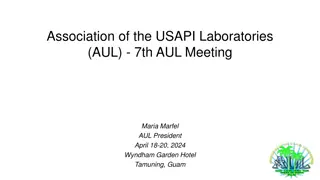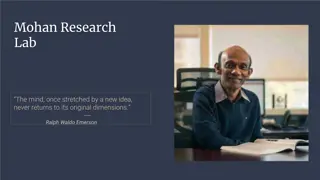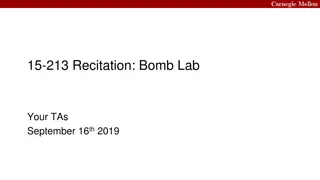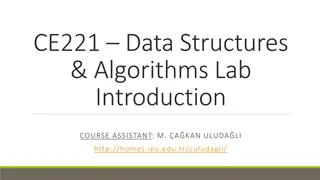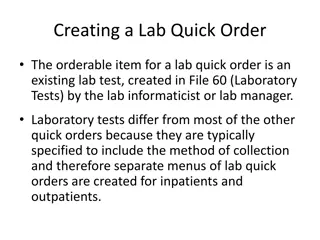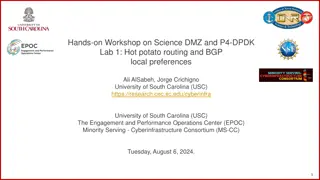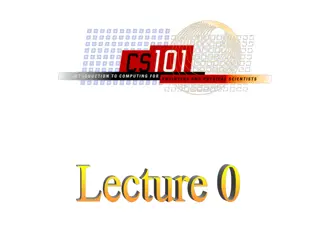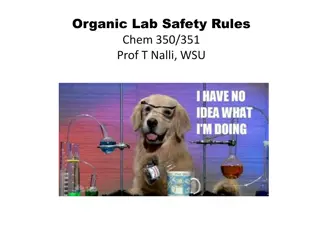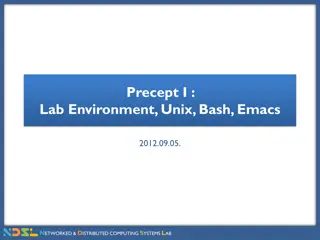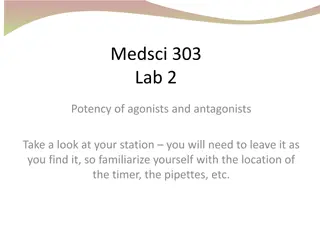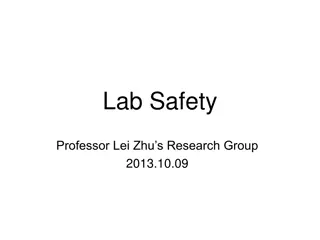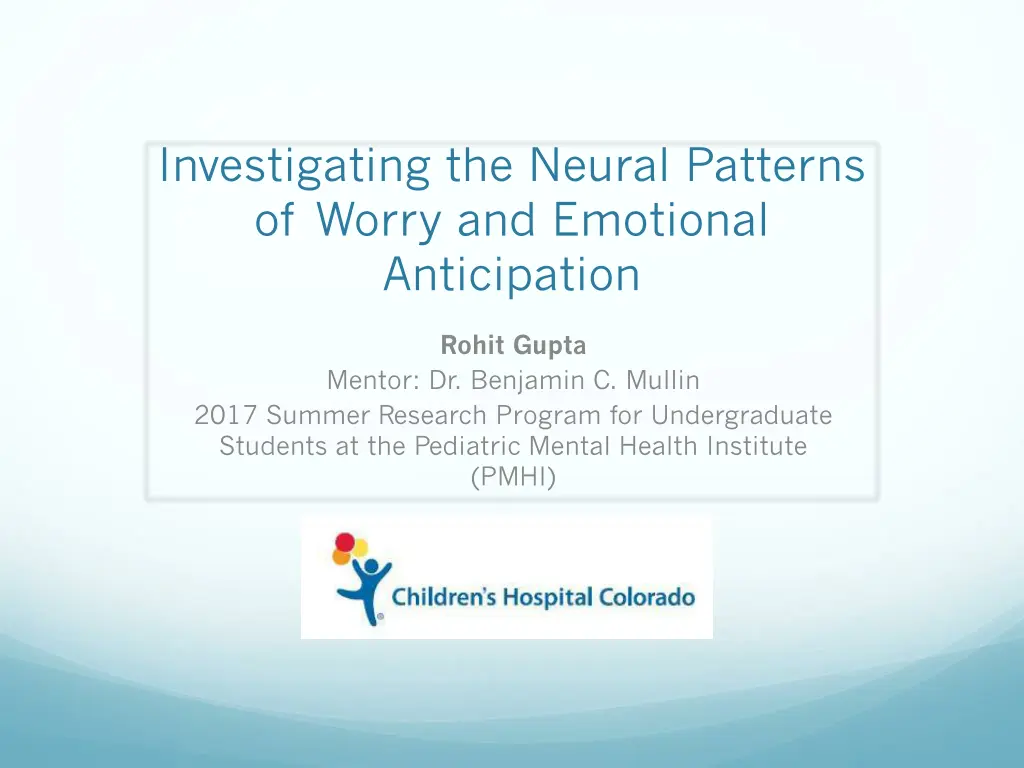
Understanding Adolescent Neural Patterns of Worry and Emotional Anticipation
Explore the neural patterns of worry and emotional anticipation in adolescents through a research program, investigating brain regions like the anterior insular and cingulate cortex. Hypotheses focus on heightened activation in these areas during negative emotional stimuli anticipation and a correlation between worry levels and brain activity. Methodology includes fMRI imaging and data processing techniques.
Uploaded on | 0 Views
Download Presentation

Please find below an Image/Link to download the presentation.
The content on the website is provided AS IS for your information and personal use only. It may not be sold, licensed, or shared on other websites without obtaining consent from the author. If you encounter any issues during the download, it is possible that the publisher has removed the file from their server.
You are allowed to download the files provided on this website for personal or commercial use, subject to the condition that they are used lawfully. All files are the property of their respective owners.
The content on the website is provided AS IS for your information and personal use only. It may not be sold, licensed, or shared on other websites without obtaining consent from the author.
E N D
Presentation Transcript
Investigating the Neural Patterns of Worry and Emotional Anticipation Rohit Gupta Mentor: Dr. Benjamin C. Mullin 2017 Summer Research Program for Undergraduate Students at the Pediatric Mental Health Institute (PMHI)
Background Worry is a process by which people anticipate uncertain negative emotional events Previous studies have found activation in the anterior cingulate cortex and anterior insular cortex Anterior cingulate Left anterior insula Straube et al., NeuroImage. 2006
Problem Statement Majority of previous worry studies have been conducted in healthy adults However, previous imaging studies used worry inductions Adolescent brains are far different from healthy adults We aimed to characterize the emotional anticipation neural activation patterns in an adolescent and clinical population
Research Hypotheses Hypothesis 1: Anticipation of negative emotional stimuli will result in heightened activation of the anterior insular cortex and anterior cingulate cortex Hypothesis 2: Adolescents with greater self-reported worry will have higher levels of activity in brain regions involved in emotional anticipation Increased activation of anterior cingulate & anterior insula Increased Worry
Methodology n = 23, ages 13-17, mean age = 15.5 Participants first completed the Penn State Worry Questionnaire (PSWQ) Participants completed the emotional anticipation task while blood oxygen level dependent (BOLD) fMRI images were collected (measuring whole-brain activity) Data were processed using Statistical Parametric Mapping software (SPM12) and CONN toolbox in MATLAB version R2017a
Eliciting Uncertainty: The Emotional Anticipation Task
Ambiguous Cue Neutral Cue fMRI whole-brain activity data collection and processing So how did we do it? Individual activation data Individual activation data Extraction of significant activity (p < 0.001, voxel threshold = 15) Ambiguous cue brain activation pattern Neutral cue brain activation pattern SUBTRACT
Results: Activation of the anterior insula and visual cortex are higher following ambiguous cues compared to neutral cues Hypothesis: Activation in the anterior insula Hypothesis: Activation in the anterior cingulate ! ! Ambiguous cue Neutral Cue contrast
Pearson correlation reveals significant positive relationship between PSWQ score and right frontal cortex activation following ambiguous cue 1.50 1.00 Right Frontal Cortex Activation 0.50 0.00 -0.50 -1.00 Severe worry Average worry -1.50 0 5 10 15 20 25 30 35 40 45 PSWQ Score r = 0.415, p = 0.049
Conclusions Elevated activity in the right pre-frontal cortex (PFC), bilateral anterior insula, and primary visual cortex, but not the anterior cingulate characterizes emotional anticipation Increased activation in the right PFC cluster is significantly positively correlated to severity of worry in adolescents Widespread visual cortex activation may be due to mentally preparing for the visualization of negative images Findings are directly applicable to clinical populations
Future Directions With these findings, we can formulate better treatment options and adjust therapies for adolescents Future studies will focus on examining whether successful treatment of worry normalizes the excessive activation of the right prefrontal cortex during anticipation of uncertain events
Limitations Small sample size Ongoing study Unable to determine if the viewing the anticipation cue altered the processing of the images
Acknowledgments Benjamin Mullin, PhD Emmaly Owens, MA Merlin Ariefdjohan, PhD, MPH Marisa Deguzman Program sponsors: Dr. Dominique Martinez (CCTSI) Dr. Douglas Novins and Dr. Jennifer Hagman (PMHI)




